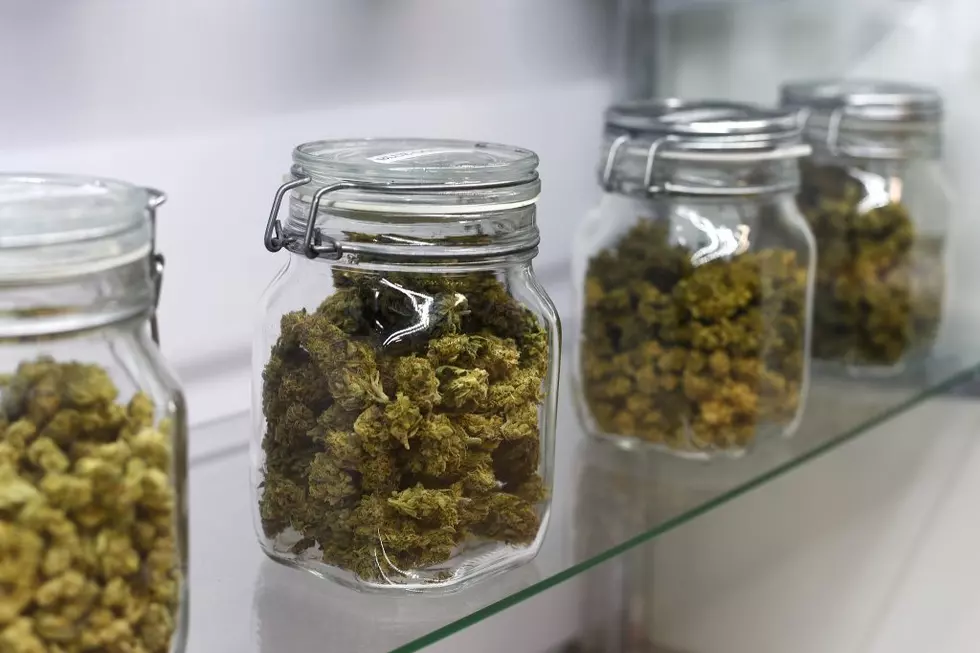
Arizona marijuana sales approaching $1 billion in 2022
David Abbott
(Arizona Mirror) Arizona’s cannabis marketplace suffered a loss of nearly $7 million in August, as both medical marijuana and adult-use recreational sales dropped about $3.5 million each from the previous month, according to the most recent report from the Arizona Department of Revenue.
The losses were offset, though, as ADOR revised July’s totals upward by almost $7 million.
Despite the overall reduction, total cannabis sales passed the $980 million mark the first eight months of 2022 and will likely approach, if not eclipse, 2021’s $1.4 billion before the year ends.
The medical marijuana market continued its steady decline in August, dropping to $34.1 million, a dip from the revised $37.3 million in July sales. The current decline in medical sales began in March, although totals have not come near the $71.3 million reported in July 2021 or the $73.3 million in March 2021, the largest month since recreational sales began in January of that year.
Adult-use, recreational sales have also experienced a decline since April’s record high of $81.2 million, despite a brief rebound in July. Revised July sales estimates show Arizonans purchased $78.1 million that month. In August, sales slid slightly to about $74.5 million.
September 2021 was the last time medical marijuana sales were larger than recreational. That month, ADOR reported $63.4 million in medical sales to $58.5 million in recreational sales — but every month’s reporting since then has shown the two programs going opposite directions.
In October 2021, medical sales were about $65. 1 million — the last month-over-month increase — and recreational sales were $65.6 million. Since then, the programs have charted dramatically different trajectories, with the recreational program now outperforming medical sales by more than $40 million.
Total tax revenues for medical and recreational sales for August were weighed in at about $20.5 million, with about $11.9 million from the 16% marijuana excise tax imposed on recreational sales. July numbers were revised upward to a total of about $21.8 with about $12.5 million from the excise tax.
Taxes are divided and disbursed by the voter-approved Proposition 207.
One-third of taxes collected are dedicated to community college and provisional community college districts; 31% to public safety — police, fire departments, fire districts, first responders — 25% to the Arizona Highway User Revenue Fund, and 10% to the justice reinvestment fund, dedicated to providing public health services, counseling, job training and other social services for communities that have been adversely affected and disproportionately impacted by marijuana arrests and criminalization.
While the ADOR issues monthly reports on cannabis sales and tax collections, the Arizona Department of Health Services releases monthly reports on the medical marijuana program that includes sales by the pound as well as the number of qualifying patients in the state.
The ADHS reports are one month ahead of the ADOR financial reports, so the medical reports offer a glimpse of what is likely to come in medical marijuana sales.
The September ADHS report shows the continuing decline in participation and sales for Arizona’s medical marijuana program. From August to September, the number of cardholders in the state dropped from 144,678 to 136,010. In June, the number of active cardholders was 191,682.
Since January, when patients purchased 9,273 pounds via nearly 600,000 transactions, medical marijuana poundage sold through September has dropped nearly half to 5,061 pounds.
Arizona voters approved adult-use recreational marijuana in 2020 with the passage of Prop 207, the Smart and Safe Arizona Act. The medical marijuana market began in 2012, in the wake of the passage of the Arizona Medical Marijuana Act in 2010.
